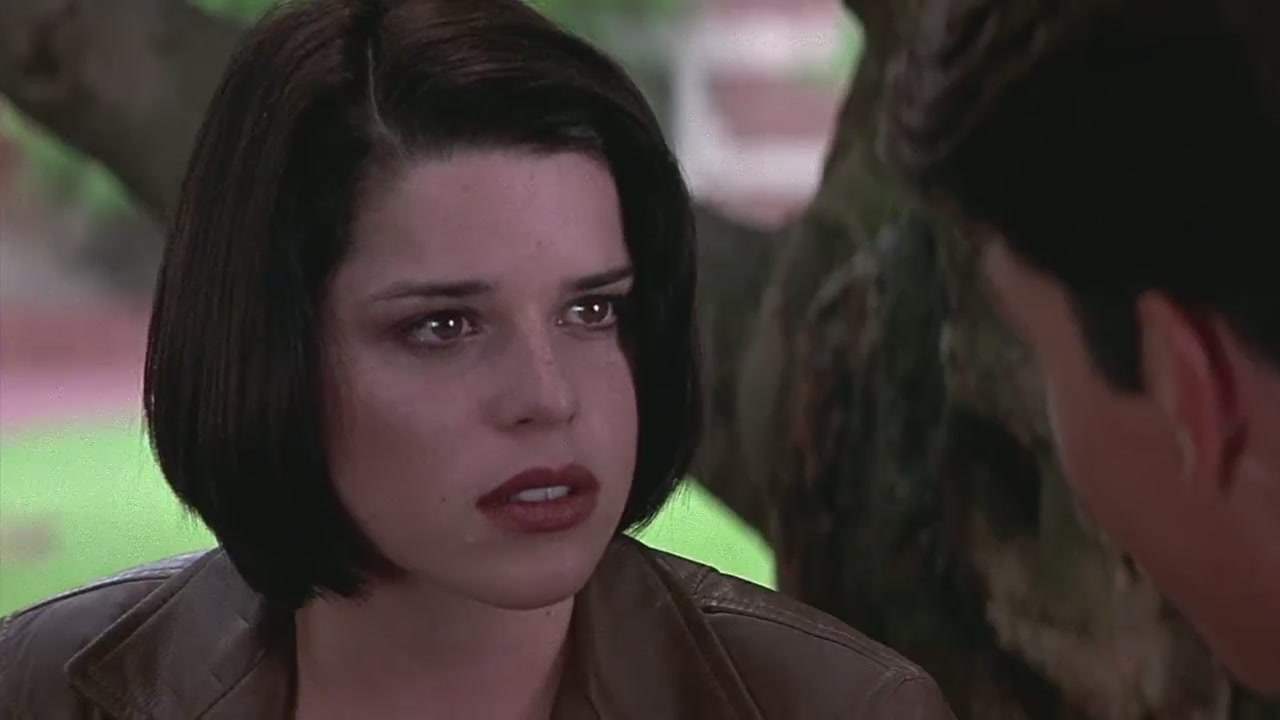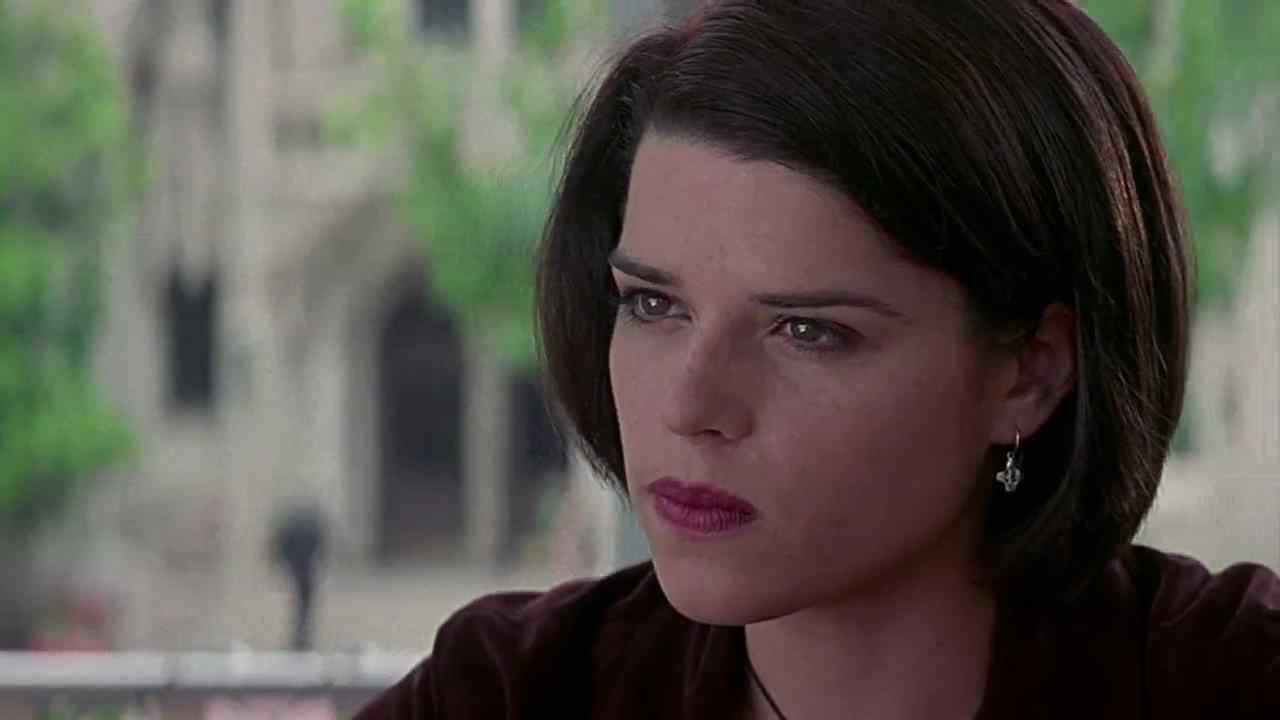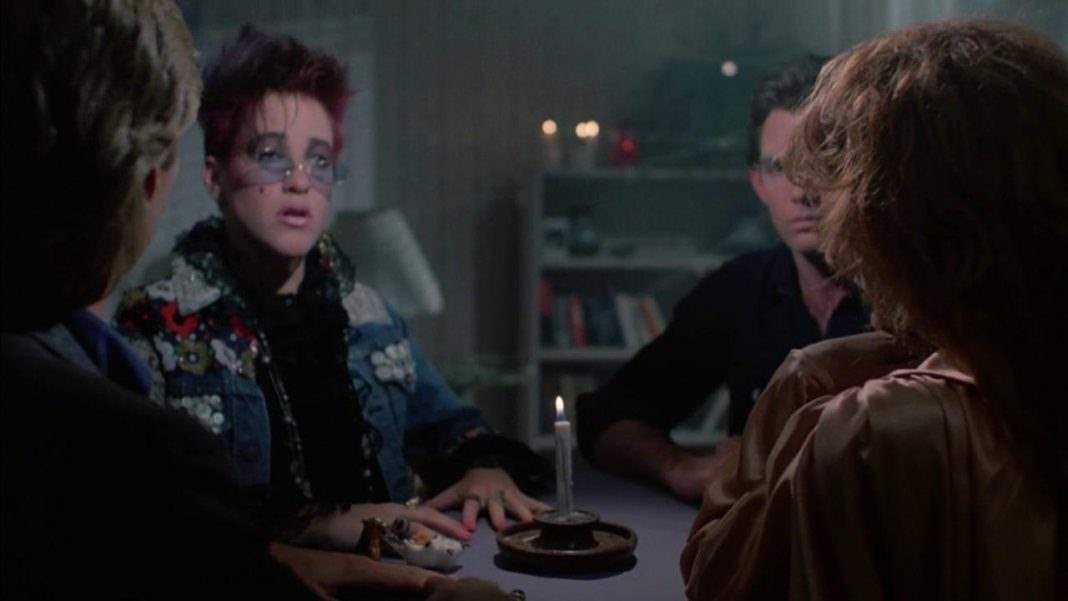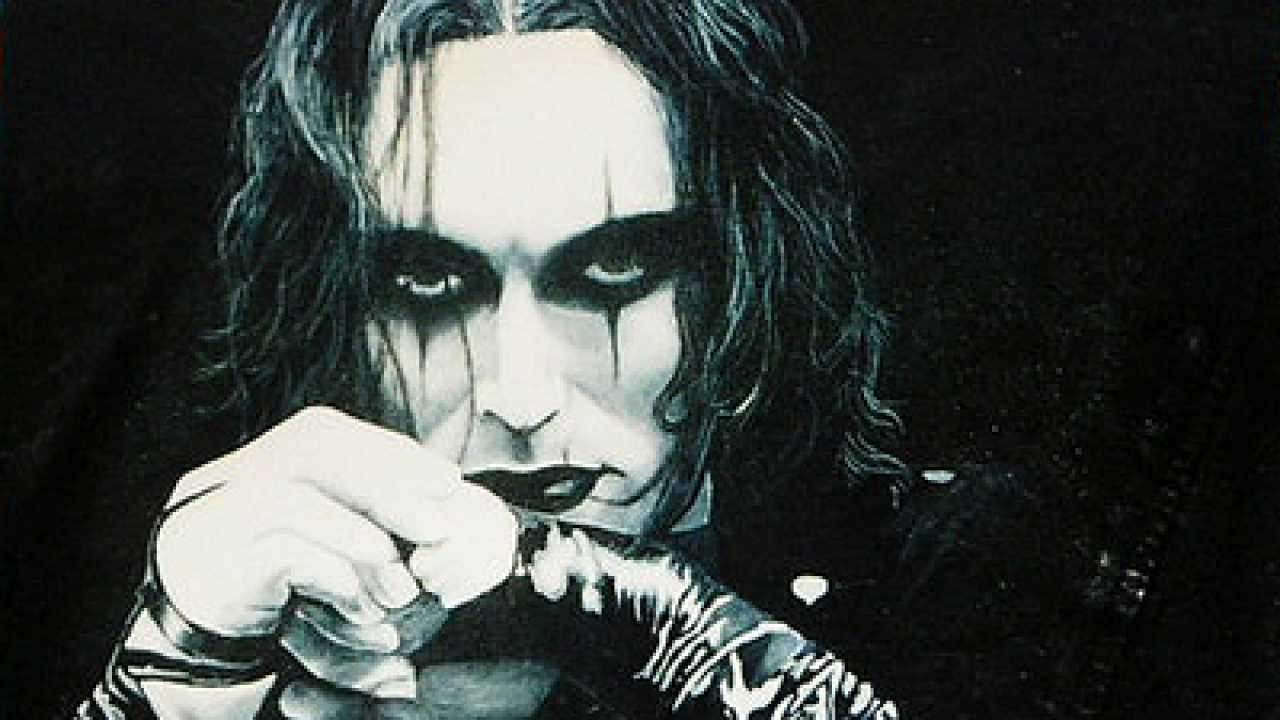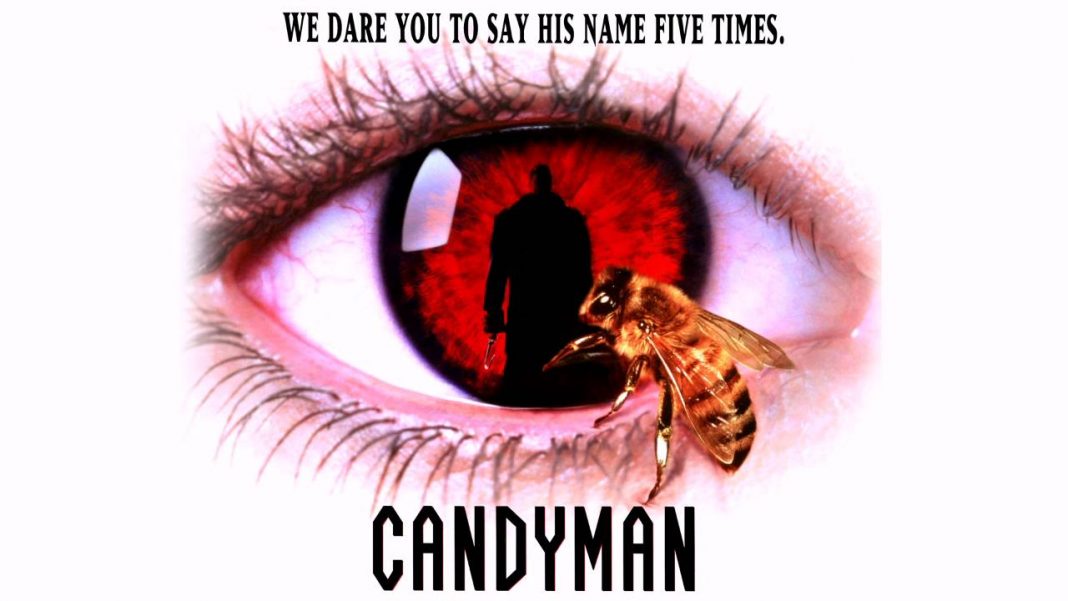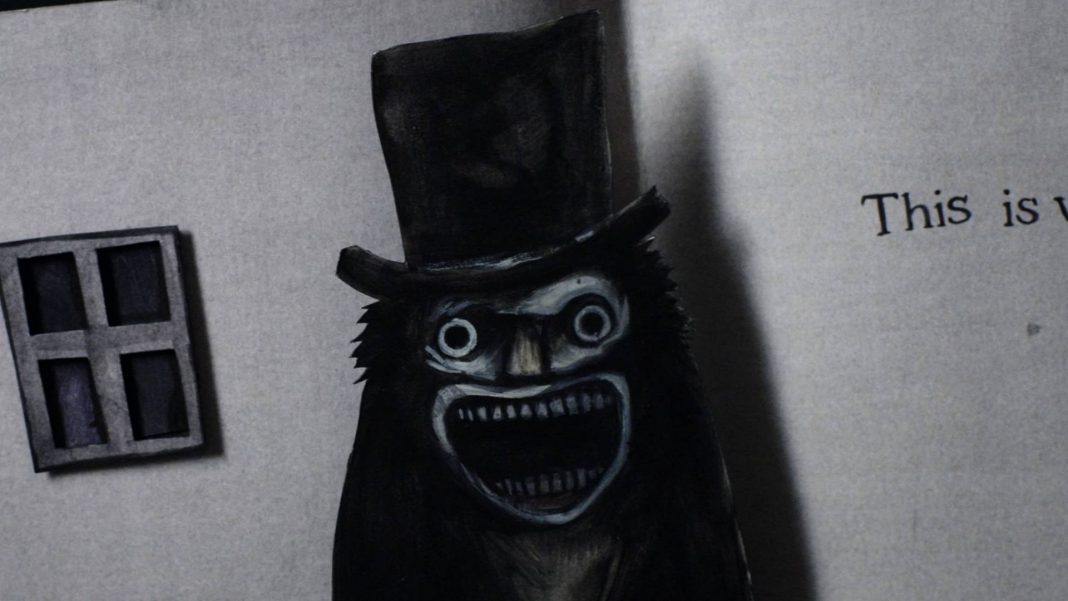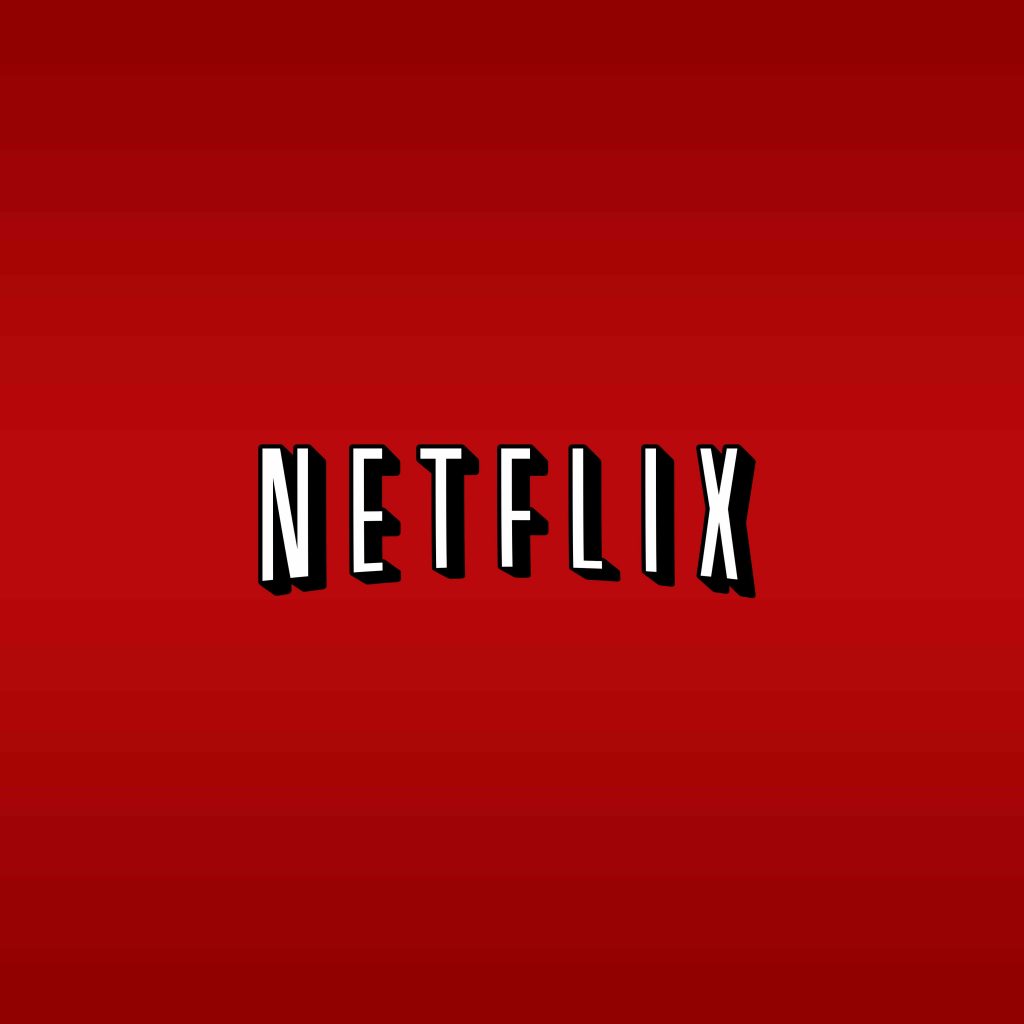Considering just how quickly after the first it was made, Scream 2 is a movie that probably shouldn’t have worked. At the very least, it shouldn’t have worked half as well as it did. It would have been the easiest thing to just do a rehash of the original. Wes Craven and Kevin Williamson could have gone that route and people still probably would have liked it. But as creators they were wise enough not to retread old ground. The structure of Scream 2 may be virtually the same as the first, but it is very different because it’s about very different things.
Scream is a deconstruction of horror movies. Scream 2 is a deconstruction of sequels. These things don’t sound very dissimilar on paper, of course. Horror as a genre is immensely overpopulated by sequels. Those sequels become how the general public defines the genre, for the most part people can’t tell one apart from the rest. Scream 2 not only looks at sequels by themselves but it goes one step further. This film is about sequels as a reaction to both the genre itself and to the original works they carry on from.
Friday the 13th wasn’t considered a harmful epidemic until its sequels came about. Child’s Play 3 led to a massive controversy and court case simply because it was such a part of pop culture by that point that it could be blamed for real life occurrences. That’s what it all boils down to. You can’t blame a real-life act of violence on a movie unless that movie is an epidemic, unless it’s truly become a staple of modern culture, or at least enough of one so that it is considered unavoidable.
Related: Script to Pieces: Scream 5
 There is an overriding theme of cinema violence in Scream 2 from the first scene to the last. The opening kill is set in a theater at the premiere of the film based on the events of the first Scream. Mickey, one of the feature’s two killers, gives an elaborate explanation for his plan to blame his killings on violence in cinema and the effects on the viewer, even though he doesn’t actually believe that. He just wanted to kill people and through Sidney Prescott and Stab he found a way to do it.
There is an overriding theme of cinema violence in Scream 2 from the first scene to the last. The opening kill is set in a theater at the premiere of the film based on the events of the first Scream. Mickey, one of the feature’s two killers, gives an elaborate explanation for his plan to blame his killings on violence in cinema and the effects on the viewer, even though he doesn’t actually believe that. He just wanted to kill people and through Sidney Prescott and Stab he found a way to do it.
Debbie Salt, aka Mrs. Loomis, even notes that Mickey was an active serial killer before she ever found him. But the most disturbing aspect of Mickey’s character is that, if he were to have actually won the battle at the end, he probably would have been the most likely killer of the franchise to actually get away with it. “Movies don’t create psychos, movies make psychos more creative,” is a line said by Billy in the original scream. Here, that line has become the cornerstone of the second feature, it is the foundation on which the themes of the second move are built.
In the original Scream, most of the post-modernism came either through the killer or through fan-hero Randy Meeks. Here, though, it affects everyone. Because everyone can comment on the been-there-done-that feeling of a sequel, even the new characters. Everyone’s affected. That’s probably part of the reason for the accuracy of Randy’s “rules.”
 In the first one, they were ironic. Each of the rules for surviving a horror movie was broken in the original Scream. But Scream 2 is an entirely different story. Randy gives examples that are pretty much dead-on with how the narrative is progressing, ending his rant with the wink-and-nod line, “Your core audience just expects it.”
In the first one, they were ironic. Each of the rules for surviving a horror movie was broken in the original Scream. But Scream 2 is an entirely different story. Randy gives examples that are pretty much dead-on with how the narrative is progressing, ending his rant with the wink-and-nod line, “Your core audience just expects it.”
While it’s not the better film, Scream 2 does go deeper into the conventions, trappings and charms of sequels more than its original went into the horror genre. Part of the reason for this is Sidney’s mother, strangely enough. In Scream, Sideny’s mother’s death loomed over the whole event. There was a very specific character journey that had nothing to do with postmodernism. It’s just about a girl trying to get over her mother’s murder and finding her inner strength along the way.
That’s not to say that Sidney doesn’t have a character arc in Scream 2, but the difference here is that her new journey is deeply tied into the movie’s overall themes. At the start of Scream 2, Sidney is as well-adjusted as we’ve ever seen her. She’s been through a lot, of course, but she’s as over it as someone in her situation could be.
When things go bad again, her arc essentially boils down to the fact that she thought she was done, she thought it was over, and now she doesn’t know if she can go through all of that again. It’s a story about a survivor, first and foremost, and one that makes a lot of sense. But it’s also the most self-aware description of a sequel ever. Her arc is the same as the audience’s. They loved the first Scream, and it terrified them, and horror audiences always go into a new sequel with at least some underlying thought of “Really? Again?”
The fact that Kevin Williamson is able to tap into that in ways both subtle and grand is really the ultimate strength of Scream 2. His script is just as layered and textured as the first. Everyone brings their A-game and makes this a sequel that avoids the usual trappings by being both a shining love letter and scathing hate mail to sequels as a whole.

